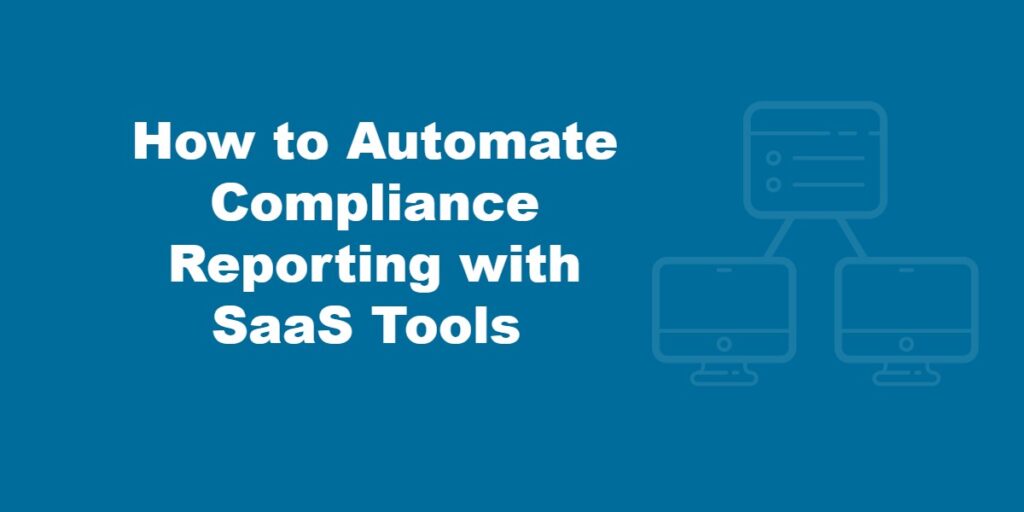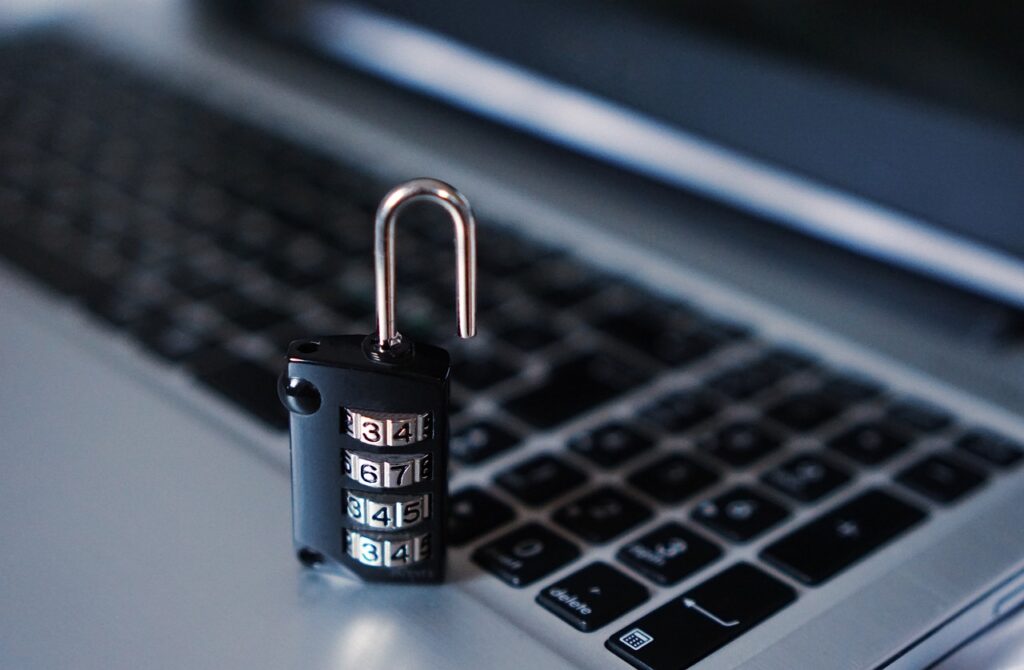One of the notable aspects over the last decade is the increased public scrutiny of organizational responsibilities and outcomes due to factors like the widespread use of social media, greater expectations towards environmental and social preservation, and more. To meet the demands of the public and also to have more control over organizational operations, governments are tightening regulations. As a result, organizations have to navigate multiple regulations today.
Given the implications of not meeting these regulatory requirements, including fines and penalties associated with them, organizations strive to address them. However, it is not easy because of budget constraints and the ever-growing list of mandates. This is where technology can help, as automated compliance reporting tools can bridge the gap between regulatory requirements and organizations’ ability to meet them with existing resources.
In this guide, let’s take a detailed look at how SaaS tools can automate compliance reporting and whether you must adopt them as a part of your tech stack.
What are SaaS Tools?
Before we dive into the relevance of SaaS tools for compliance, let’s quickly understand what these tools are in the first place.
Software-as-a-Service (SaaS) tools are cloud-based applications that can be accessed through the Internet, eliminating the need for extensive downloads and installations. Also, you don’t have to invest in expensive hardware to deploy these tools because they are hosted and maintained by the service provider.
The obvious advantage is cost savings because no additional infrastructure is required, and you don’t have to worry about security and maintenance. Another advantage is that these tools are subscription-based and can scale well when you want to add more users. They can also be accessed from anywhere, and all that’s needed is a device and an Internet connection. Due to these benefits, SaaS tools handle various organizational functions, and compliance reporting is no exception.
Next, let’s see the connection between compliance reporting and SaaS tools.
Compliance Reporting and SaaS Platforms
Many organizations that rely on manual reporting are feeling the pressure of strict reporting requirements from standards like GDPR, HIPAA, SOX, CSRD, and more. Since each standard has its own timelines, formats, and data points, organizations are always scrambling to meet these deadlines. Moreover, organizational operations have sprawled to include more tools and functions, as well as across geographical regions. As a result, gathering all the required information and analyzing them for reports can get unwieldy.
But do SaaS platforms address these issues?
SaaS platforms are designed to handle the entire lifecycle of compliance reporting, starting from data collection to submission to the respective authorities. Here’s how they automate compliance reporting.
Centralized Data Handling
These tools connect with multiple internal systems, like HR, finance, ERP, CRM, and more, through connectors or APIs. Through these connections, they pull data from these different systems and aggregate them in a centralized location for real-time visibility and detailed analysis. With such a streamlined process, these SaaS tools eliminate the need for spreadsheets and manual work.
Pre-built Controls
Most SaaS tools come with prebuilt controls to meet the requirements of multiple compliance frameworks. These pre-configured controls, checklists, and reporting templates align with the regulators’ expectations. All that organizations have to do is customize them if needed and map their internal processes to these controls. The rest of the reporting process happens automatically.
Monitoring and Alerts
Besides setting up controls, these SaaS platforms also monitor them in real-time. If any control fails or if the numbers fall over or above the baselines, they send alerts to administrators. Such continuous monitoring helps organizations detect and fix issues before they impact operations.
Collaboration
Compliance involves multiple teams, and gaps often arise due to miscommunication or lack of coordination among these teams. To avoid these problems, SaaS tools come with built-in collaboration features, like role-based permissions, task assignments, tracking, approval workflows, and more.
Audit Trails
SaaS reporting tools automatically collect and store the documentation required for audits. This can include system logs, test results, training records, policy updates, and any other information that acts as evidence for audits. This information can help internal and external auditors identify gaps in compliance.
Report Generation
This is one of the core functions of the compliance reporting tools. What can take days or even weeks can now be completed by these tools within minutes. Many SaaS platforms also provide the option to customize reporting templates or the workflow of report generation, so you can adjust them to meet your specific requirements. Some tools even provide the option to directly submit the generated reports to the concerned authorities.
With such features, SaaS platforms can automate compliance reporting. However, the key is to choose the platform that best meets your needs.
Selecting the Right Compliance Reporting Platform
Many factors go into selecting a compliance reporting platform that best meets your needs. The following are some factors to consider.
Regulatory Requirements
This is one of the first aspects to consider. Make a list of the regulations that you must currently meet and a list of voluntary or mandatory frameworks that you could require in the future. Accordingly, pick a tool that covers these regulations.
Integration
Another important aspect is that the tool you select must integrate well with your existing systems. Though most SaaS tools have built-in APIs to make these connections, this is still a significant aspect to consider.
Customization
Your selected tool must offer the flexibility to customize controls and workflows that meet the specific needs of your organization. It must also scale well to meet growing workloads.
Data Security
Security is not the first thing that comes to mind when you think of reporting, but it is an important consideration because SaaS tools collate data from different sources and store it in a central location for further analysis and reporting. This means you require high security controls to prevent unauthorized access to this centralized repository. Look for tools that have security features like encryption, multi-factor authentication, and role-based access controls.
Besides the above factors, consider the vendor’s reputation and history of customer support. Also, check the product’s stability, user reviews, and applicability across different scenarios before deciding on the right one for your organization.
Tips and Tricks
Once you’ve identified the right SaaS compliance reporting tool, simply sign up, pay the subscription costs, and start using it. Below are some tips and tricks that can come in handy to make the most of any SaaS tool.
- Start with a specific use case. Ideally, pick one report or regulation for automation, and while handling it, you can get a better grasp of the tool’s workflow.
- Involve the necessary teams, like legal, IT, and compliance, right from the start. Make sure they communicate well with each other in using the tool, as this can boost the outcome.
- Check the quality and accuracy of your data and make sure it is ready for further analysis and reporting. Note that data of poor quality will result in unreliable or erroneous reports.
- Use the SaaS tool to standardize your processes and workflows. Make sure to document how you use the tool in your organization.
- Provide the required training to your employees to help them make the most of the features offered by this SaaS tool.
With these simple tricks, you can leverage the tool’s capability to automate compliance reporting.
Final Thoughts
To conclude, compliance reporting is complex and fast-moving, as governments keep adding or modifying regulations to meet the emerging business, technology, and political environments. SaaS tools allow you to stay on top of these changes while easing the burden of generating accurate reports for different compliance standards.
With the right tool, you can reduce compliance risks, save time, improve collaboration, streamline your workflows, and stay on top of regulators’ expectations.


